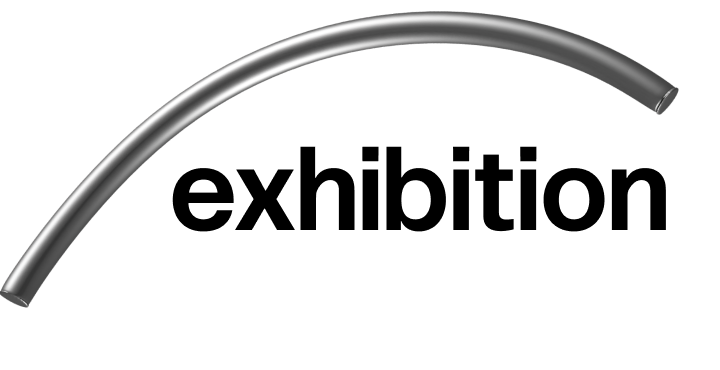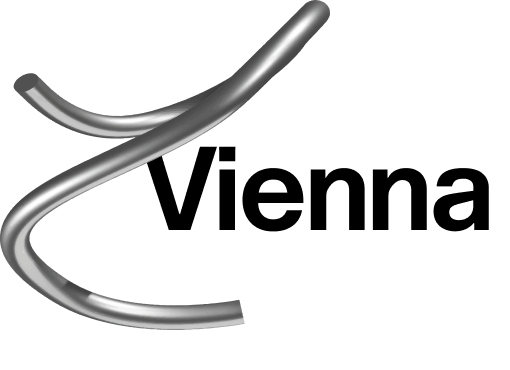Miriam Stoney
Miriam Stoney (b. 1994, Scunthorpe, UK) is a writer, translator and artist based in Vienna, Austria and Lincolnshire, UK. Her work is primarily text-based and manifests in diverse media such as installation, performance and printed matter. She has taken part in exhibitions and performance programmes at: Belvedere 21, Vienna (2023), Klosterruine Berlin (2023), Bergen Assembly (2022), mumok, Vienna (2022), Haus der Kulturen der Welt, Berlin (2022), Cabaret Voltaire, Zurich (2021), and Institute of Contemporary Art, London (2020), among others.

The Most Humane
2023,
Equestrian veterinary screen
Our relationships to horses oscillate between poles of compassion and brutality, veneration and exploitation, comprehensive care and absolute disposability. Depictions of horses in art testify to the rosy ambivalence of our relations with these animals. The representation of dead horses, however, is almost always a sign of human cruelty or neglect; the sheer scale of the equine corpse evoking the loss we bring about through our lack of regard for the ( animal-)other. Today, equestrian sports provide a privileged viewpoint for an anachronistic, class-ridden and deeply sentimental gaze upon the horse as both companion species and aesthetic-athletic specimen. The selective breadth of this gaze, however, ignores the ongoing, systemic violence against the other, in order that we might continue to enjoy the living being as spectacle. The equestrian veterinary screen that constitutes Miriam Stoney’s installation for the Kyiv Biennial 2023 is exhibited as both a container of this violence and a physical barrier to its witnessing. The dimensions of the screen conjure the dead horse it is intended to obscure, serving as a negative image for the suffering we too often choose to disregard.


Augarten Contemporary, hoast, IG Architektur, Laurenz, Neuer Kunstverein Wien, Never At Home, Waffen Franz Kapfer, New Jörg, Ve.Sch
October 17–December 17
Main Exhibition
Curators: Serge Klymko, Hedwig Saxenhuber and Georg Schöllhammer

Theodore Géricault, Le cheval mort (1823) reproduced in: Anne Imhof (ed.), Palais #31: Nature mortes, p. 210.